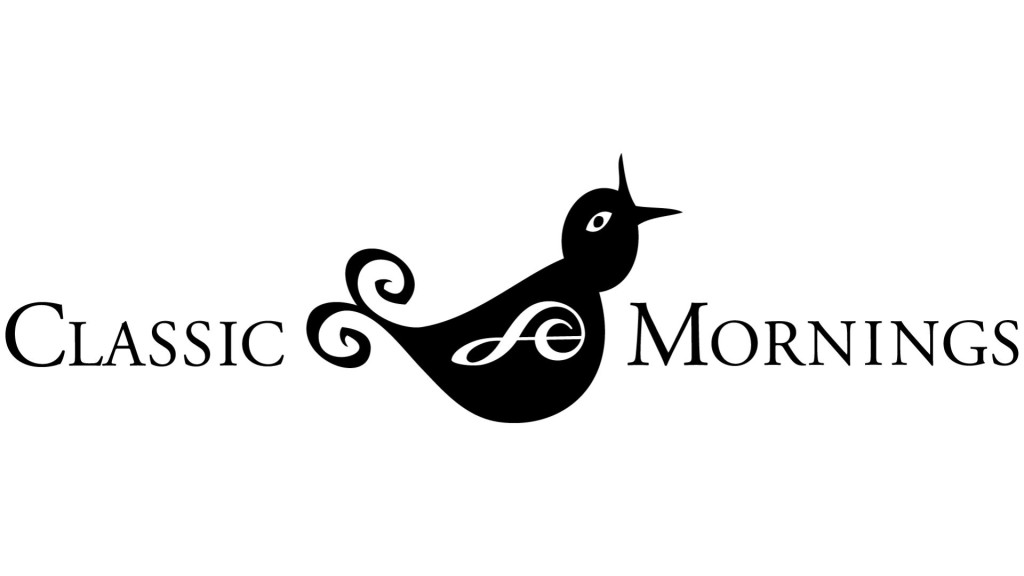Drive Time Stories

It was the perfect opener! I told it at the outset of the spring fund drive on Classic Mornings. And there was music to go along with the story, since it came from the CD notes of a new recording.
In 1740, luthiers (string instrument makers) in Naples redesigned the mandolin. They made the tuning identical to that of a violin. They fitted it with strings that gave it a brighter sound. And they crafted it with a curved soundboard, which resulted in louder sounding strings.
It was a success! The Neapolitan mandolin became popular, especially among violinists, who could more easily learn how to play the instrument.
That would have been enough of a story. But I’m not sure I made the point I had hoped to make with it. Perhaps I was distracted while having to repeat the necessary elements of fund drives: telephone number, goals, and an introduction to the drive for those joining us along the way.
I wanted to remind listeners that just like the Neapolitan luthiers, those of us who are presenting radio programs are always adjusting the educational and entertaining elements of those programs. We want to make them attractive to those who are inquisitive about music, as well as those who just enjoy listening to music on the radio.
I haven’t made any technical changes to the medium. I simply tap into radio’s traditional strengths of introducing audiences to familiar and unfamiliar music, providing them with a wide variety of music, and keeping them company. I always hope that Classic Mornings helps listeners enjoy and learn about classical music. I especially want to catch the attention of those who never dreamed they’d get excited about classical music.
Some of the comments we received during the drive let me know that the program has done that. So, maybe I didn’t have to say it. I just have to keep doing what I’m doing.
There was more to the story: Composers began writing for the Neapolitan mandolin. All sorts of people were learning to play it, including tourists who took lessons and carried manuscripts of mandolin compositions back home with them.
One tourist brought them back to Sweden. There they were preserved and undisturbed for some 200 years in a castle in the town of Gimo, which is near Stockholm. In the 1950s, the Gimo collection, which includes chamber music, operas, and works for the Neapolitan mandolin, was given to the University of Uppsala. A new recording presents some of the mandolin music (Tactus 710090).
Those manuscripts are enabling musicians and listeners in our time to continue to explore that music of the 18th century. I noticed parallels to the Friends of WILL Library. No, it hasn’t been around for 200 years. But decades worth of recordings that we have preserved are still bringing inspiration and enjoyment to listeners via radio programs.
And just as that new recording sparked thoughts for the opening of the drive, another one arrived in time for the final day, which also was the second of the two Public Media Giving Days. That recording features the music of Abram Chasins (1903-87). Born in New York City to Russian immigrants, he was a pianist, composer, music educator, radio broadcaster, and Public Broadcasting executive.
Donald Manildi presents a detailed biographical sketch in the recording notes, The young Chasins studied with the Polish-American pianist Josef Hofmann, who headed the Curtis Institute of Music in Philadelphia. Chasins became Hofmann’s assistant. During his tenure at Curtis, he began to compose music, while continuing to perform in recitals and concerts..
In the 1930’s, he was invited to launch a national radio program called Piano Pointers, and to host a program called The Chasins Music Series. In the 1940s, he joined the staff of the classical music radio station WQXR in New York City and served as its general manager for more than 20 years.
In the 1970s, Chasins became a musician in residence at the University of Southern California. During the early years of NPR, he helped - eventually as development director - to transform the student station KUSC into a major public radio affiliate.
Chasins wrote books and articles on music throughout his career. And he wrote lots of little piano pieces, which are featured on the new recording. They’re performed by the Russian-American pianist Margarita Glebov (Toccta Classics 628). I presented selections from Piano Playtime, written in 1951.
It’s humbling to be reminded that we didn’t invent the presentation of classical music on the radio. But it’s exciting to know that we’re a part of that tradition, not to mention the history of music making and listening. Generous listeners are also a part of that tradition. And once again, they made gifts of support during the drive! That made for a happy ending!

